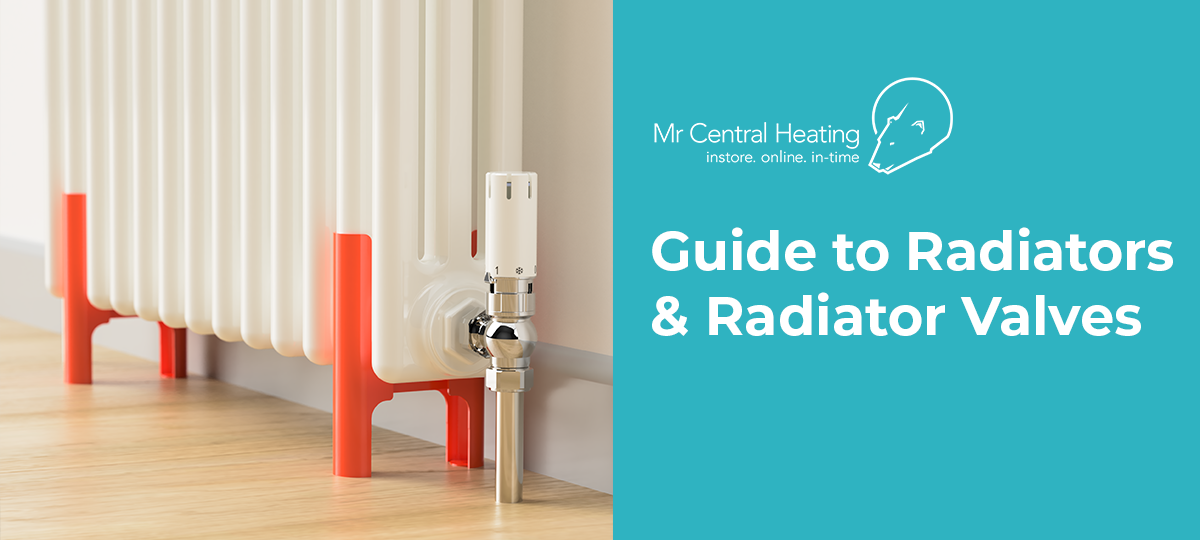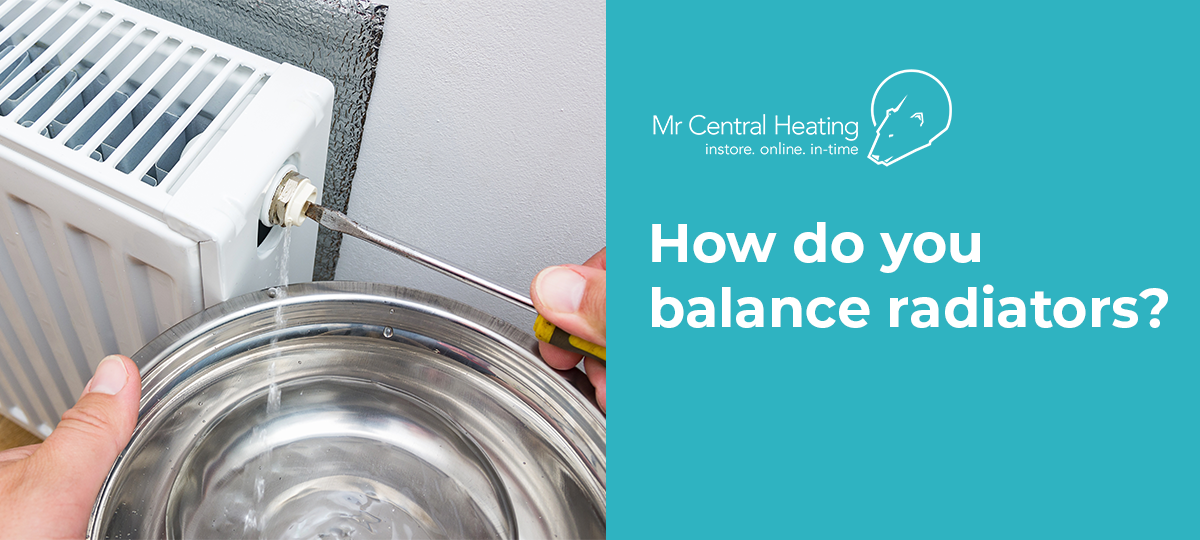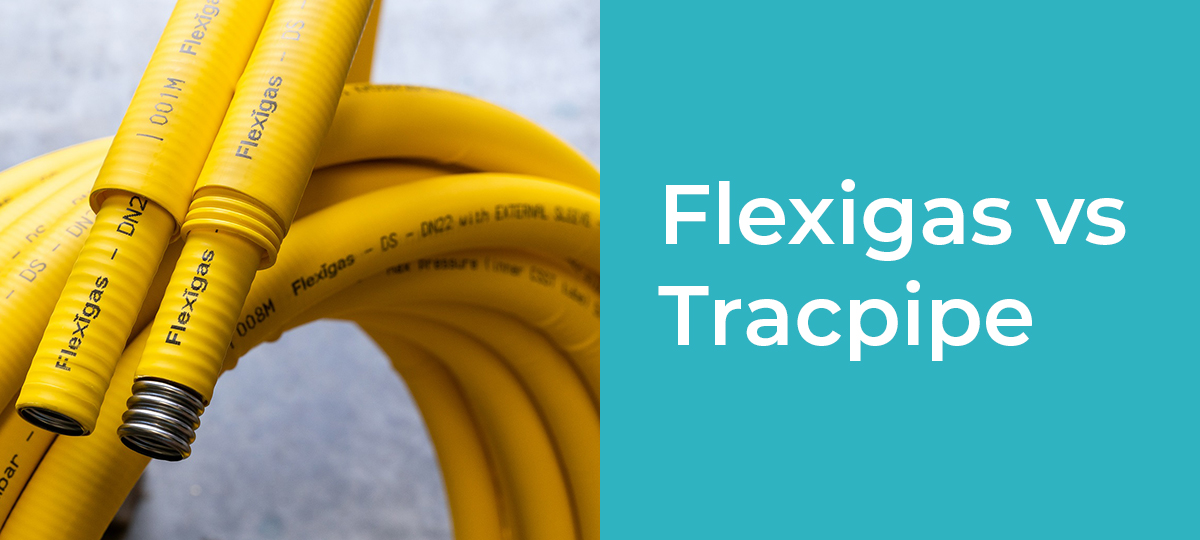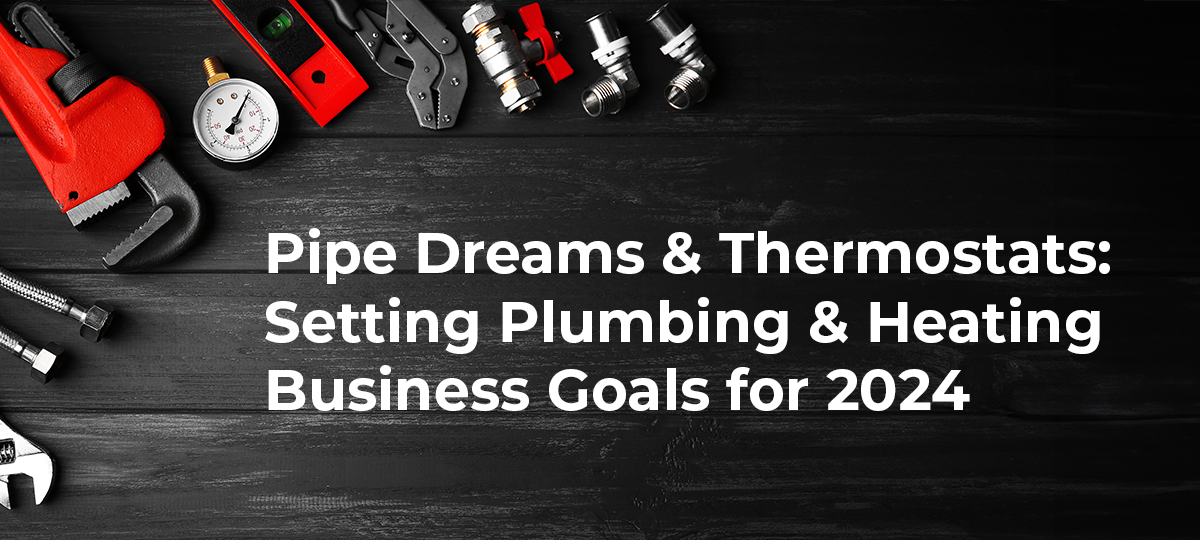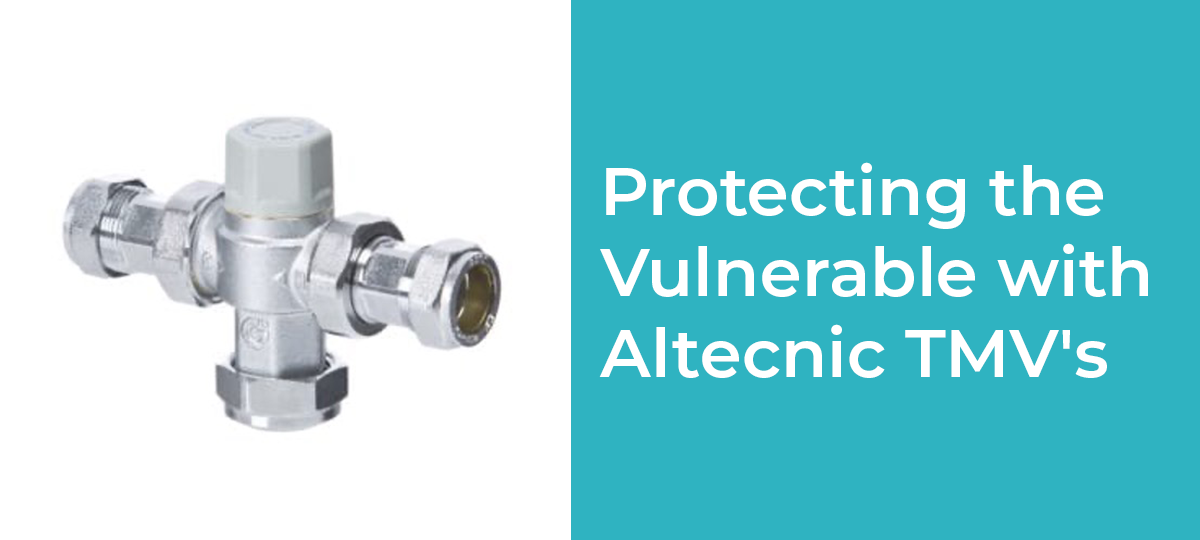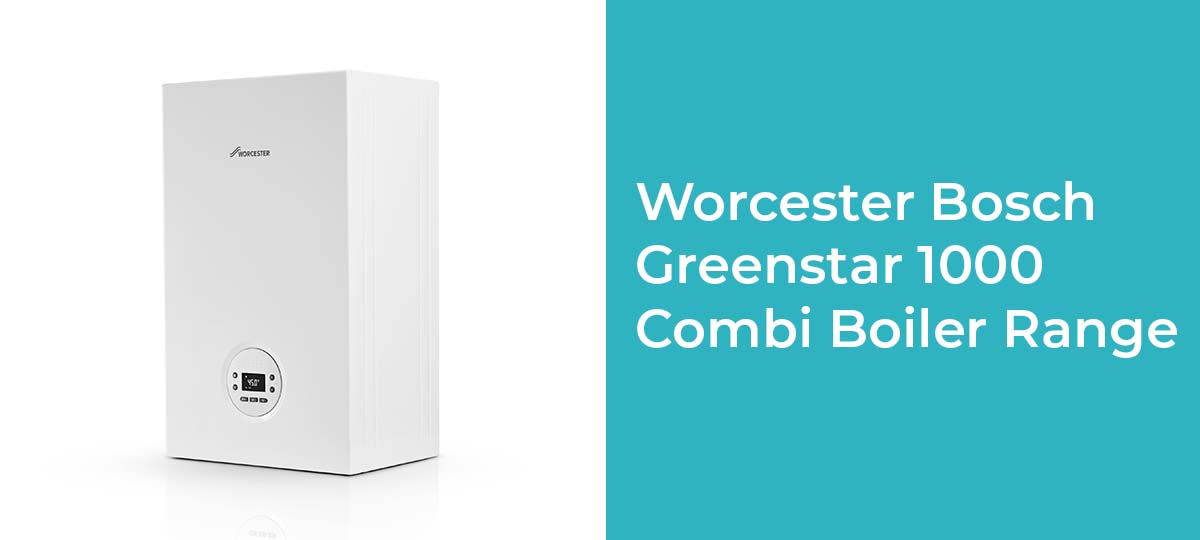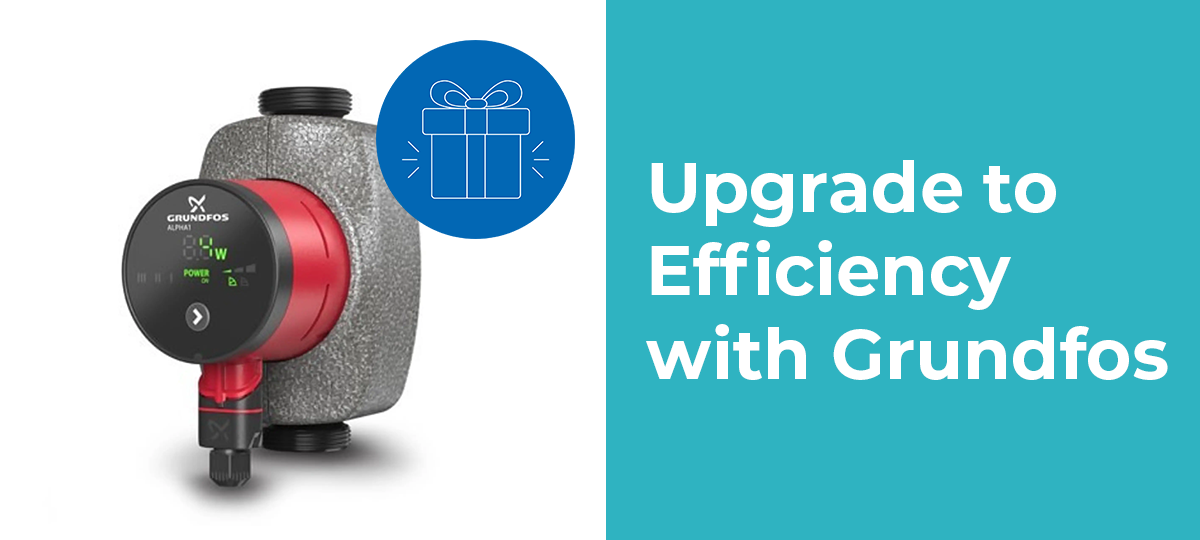Guide to Radiators, Valves & Accessories
There are not many parts to worry about on a modern radiator or towel rail, but they are all important. Typically, the only moving part on the radiator is the valves that attach the hot water pipes to the radiator themselves. It is common for individuals to learn more about TRV, Manual and Lockshield valves and they generally hope to have these standard radiator valves explained so they know what to buy. Here are terms you must know in order to make the best decision when selecting a radiator for your home or flat. In addition to this, learn about the different types of valves and find out which radiator valves you need for your home.
Thermostatic Radiator Valves (TRV) explained
The thermostatic radiator valve (TRV) is used in office and apartment buildings to provide zoned heating from a central boiler. With a built-in temperature sensor, the TRV will automatically adjust the heat output from the radiator to help maintain a steady room temperature. The TRV may be angled or straight, depending upon how it must be connected to the radiator, and they are sometimes decorative, designed in antique brass, copper, or nickel. Mr Central Heating has the best prices anywhere on valves by Bentley, Elegance Wave, and Gold.
Lockshield valves explained
The lockshield valve, on the side of the radiator opposite the on/off valve, may be adjusted to balance the output of your heating system. The lockshield itself is the plastic cap that covers the valve to ensure that you don’t accidentally change the setting once you’ve adjusted it. Balancing the output of heat is a fairly simple operation that you should be able to perform. If in doubt, we’ll advise you.
Manual radiator valves
The manual valve controls the water flow into the radiator to provide a constant level of heat. You must adjust the heat by physically turning the valve. As it has no labeled settings, the manual valve is smaller and more discreet than the TRV and either angled or straight, depending upon how it must be connected to the radiator. Manual valves by Evolve begin under two pounds fifty.
Radiator Valve Guide
Various types of radiator valves are available to suit different styles of radiators and pipe work that is available. For example you can buy angled radiator valves, corner valves, h block valves to straight valves. Angled valves allow the pipework that comes in from the floor or wall be connected to the radiator at a 90 degree angle. Straight radiator valves are used when the pipework comes in horizontal to the floor. Different valves are used to suit your own individual requirements but you'll find these are the most common types found in home heating systems. You will need to select the correct valves for both your radiator type and pipework.
Smart Homes
Now you can even buy smart radiator valves that form a part of a 'smart home' that will give you additional control over your heating. You can also get smart room thermostats that can connect to your wi-fi and which you can operate via a laptop, tablet or smart phone. Home automation has become more popular over the last few years since it can help reduce your heating bills. The good news is these systems will typically work with both traditional radiators, compact radiators and modern designer radiators alike.
Vertical and horizontal radiators The difference between a horizontal and vertical radiator of the same type is mainly aesthetic: Vertical radiators are bigger in height than width – and better in a small room, while horizontal radiators are bigger in width than height – and easier to hide behind furniture for a minimalist home decor design. These radiators are available in a range of materials including stainless steel and sometimes aluminium. Typically the radiator connections are the same on both types of radiator with side inlets that connect to the valves.
Overview on Self-bleeding radiator valve & air vents
This small valve opens to let air escape from the central heating system. It’s found on water radiators or on pipes entering the radiator. Trapped air will cause your radiator to work harder to achieve the temperature you need and this air may also cause your pipes to more quickly corrode. Endfeed’s thumb bleed air vent is a popular and economical choice at less than one pound.
Revive and Express column radiators in cast iron or aluminium, custom spray painted, are in stock at Mr Central Heating. View our selection of new radiators, heated towel rails, accessories and thermostatic valves at http://www.mrcentralheating.co.uk/radiators









